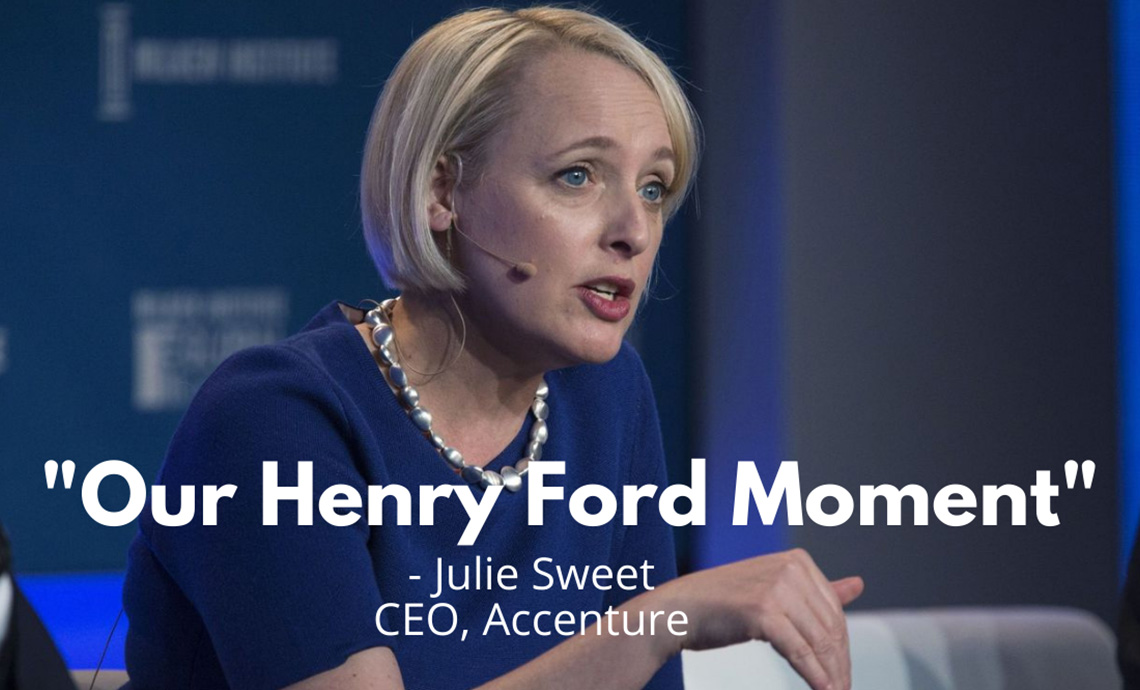By Cecilia Sepp, CAE, CNAP
Principal & Founder, Rogue Tulips Consulting
Years ago, there was a joke in the association community that people weren’t creating silos. They were building Monuments to Excellence.
Having lived through several eras in association management, I can say as an eyewitness that these were SILOS. And they weren’t excellent. While silos are great for storing grain, they aren’t good for organizations, especially associations that need to be aware of all aspects of the member experience.
We battled against data silos years ago – so how did this happen again? Most of us thought that we were gathering member data in our AMS systems. Well, we have been – but only some of it, and none of these systems were built to hold more.
The Data Silo phenomenon is a side effect of today’s “big data era” and is an underappreciated problem for associations – in addition to understanding the member experience, an association needs to know trending environmental factors, revenue and expense data, and measurements of market awareness to name a few. Just focusing on one is not helpful, and you will find you have landed in a Data Silo.
What silos really do is isolate people and information, which contributes to slower reaction times in decision making. Slower decision making and a lack of a complete picture of the environment puts all associations at risk. And it wastes one of your most valuable resources: your data.
As associations use an ever-expanding array of software tools to better serve members, an unintended consequence is the creation of isolated data (within each of these tools) that is seen in a vacuum. This doesn’t contribute to big picture thinking and can be a hindrance to making decisions that support the association’s mission. While it’s safe to dive into the data stream, data silos are barriers you can crash against if you don’t try to remove them.
How do silos of any kind happen? They aren’t usually built consciously. Organizations become siloed over time – this is just a human tendency – and different areas in the association focus on their “thing” or department whether it’s membership, conferences, or online community management.
Focusing on their main responsibility leads to the creation of data silos as team members focus on their niche responsibility rather than seeing the data in the larger context of the association.
If you only use one type of data, you will have a narrow view that doesn’t provide context for the data. For example, if you only look at your conference registration numbers, you won’t see a clear picture of how else your members engage.
A common misperception is that the association’s AMS can and should be the central repository for member data – but Tim Ward, as AMS-centric a technologist as you’ll ever find (he was the Architect of NetForum, after all), has a different perspective.
As CEO of Gravitate Solutions, Tim sees all the different software systems that associations use today because Gravitate performs AMS implementations and integrations with other systems. He reports that in a typical association today, the data stored in an AMS accounts for only 20% of all member data – the other 80% is external to the AMS, meaning it is in your emarketing system, your online community, your LMS, your CMS, your events software, and/or stored in another system outside of the AMS (like a survey tool).
This is an eye-opening statistic telling us that while AMS systems are vitally important to all of us, they themselves have become a data silo.
But wait – there’s more to consider.
The volume of data generated by all of these various member-facing systems is so large, and the types of data generated are so varied, that AMS systems can’t be central repositories for it all. These are not “big data” systems. Just as in the commercial sector, there is so much data being generated today by our customers and prospects that organizations need data solutions designed to bring all their data together and make it usable. A term for this is “blending data”.
Using blended data can help take down those silos and bring team members together by showing how the data informs everyone’s area of responsibility. Blended data can also help your team find points where what they do dovetails and can lead to more successful outcomes.
Blended data includes your quantitative and qualitative data. Sometimes this is referred to as “hard” and “soft” data. Qualitative data is subjective (thus soft) while quantitative data is objective (“it is what it is”). Bringing these two together tells the story behind the numbers and explains the “why” behind declining conference attendance or increasing digital sales. One without the other is an incomplete picture.
For example, if you add conference data to online community statistics, purchasing history, and volunteer activity, you get a much bigger and more informative view of how members are engaging with the organization. Blending the data leads to a deeper and wider understanding of the member experience.
Blended data supports organizations in a variety of ways: bringing teams together, supporting successful outcomes, supporting the mission, and driving strategy implementation. Knocking down silos and integrating your data from the AMS, online community chats, conversations with members, press statistics, and other data sources outside the AMS strengthens the association’s position to successfully fulfill its mission.
You can contact Cecilia via email: cecilia@roguetulips.com or visit www.roguetulips.com for more information.


